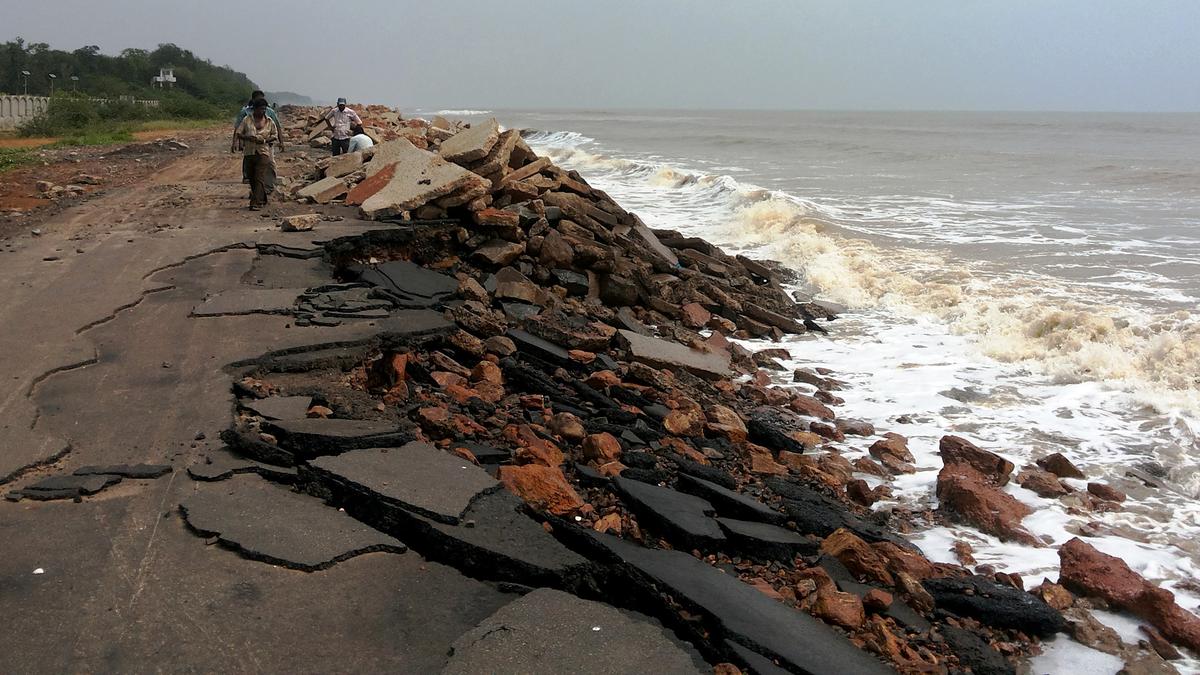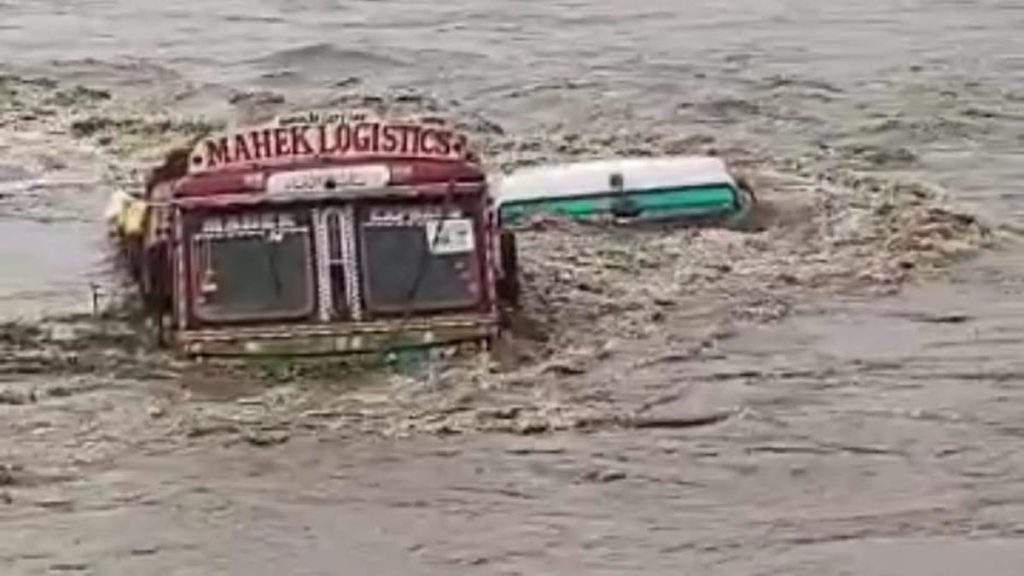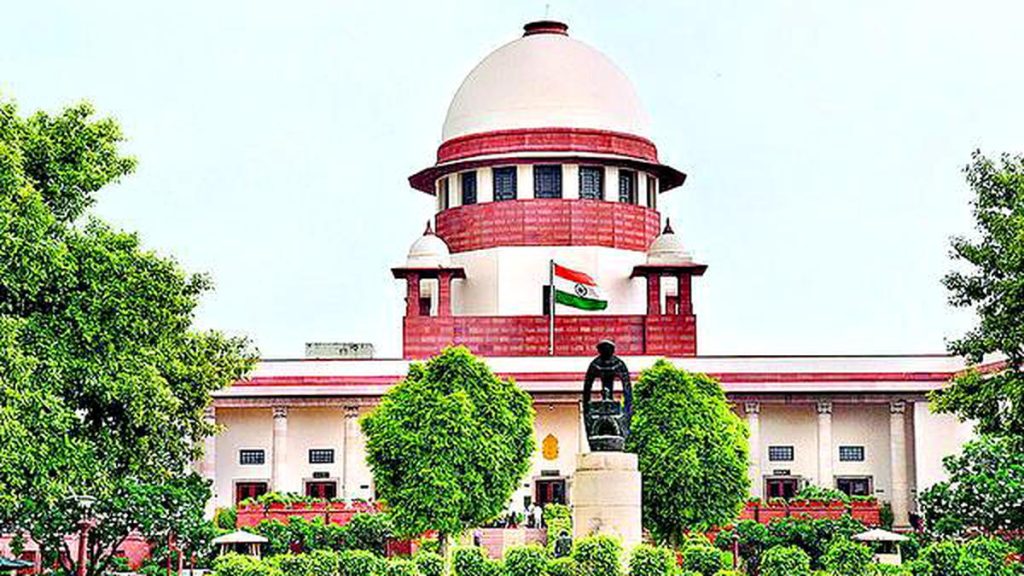Now Reading: Global Warming to Raise Andhra Pradesh Sea Levels by 20 cm by 2050
-
01
Global Warming to Raise Andhra Pradesh Sea Levels by 20 cm by 2050
Global Warming to Raise Andhra Pradesh Sea Levels by 20 cm by 2050

Rapid Summary
- Andhra Pradesh’s 1,030-km-long coastline offers notable economic opportunities but also faces challenges due to adverse effects of sea-level rise.
- The Draft State Action Plan on Climate Change (SAPCC) 2025-2030 predicts global warming will cause sea-level rises of about 20 cm by 2050 and up to 62 cm by 2100 with temperature increases between 1.5°C and >2°C.
- Data used for projections comes from agencies such as the India Meteorological Department and NASA.
- An estimated rise in sea level (~3 mm/year recently measured along India’s coast) threatens to inundate about 43% of low-lying coastal landscapes in Andhra Pradesh, impacting approximately 282 villages within a two-meter elevation range along the coastline.
- Predictions indicate displacement of between:
– 0.30 million people at a temperature increase of 1°C
– 0.65 million people at 1.5°C
– 1.29 million people if temperatures exceed 2°C.
- Specific districts like Nellore, Guntur, and West Godavari are projected to face relatively higher risks with potential sea-level rises around 0.20 meters by the year 2050.
Economic & Social Impact:
– Over 35,000 hectares of fertile agricultural land may become saline due to rising seas affecting resources’ productivity directly tied agricultural income declines indirectly compounding community-region’s village housing chains overall further tilted trends-deemed poverty risk-signs prominent worsening.horizontal-concepts elaboration shoreline persistence.downs interim remarks-underly why contextual data shift=””>
Indian Opinion Analysis
The Draft SAPCC’s projections signal serious long-term consequences for Andhra pradesh’s environmental stability,livelihood sustainability,and socio-economic balance due to climate change-related impacts like rising sea levels. With coastal regions contributing substantially to agriculture and fisheries industries vital for local communities’ development paths Integrating proactive mechanisms preserve prime lands managing dire severe enactment schemes multi-dimensional safe-blends safeguarding emergent transitions-limitations























